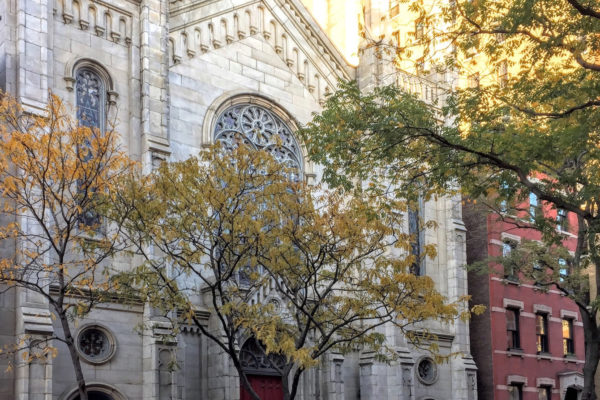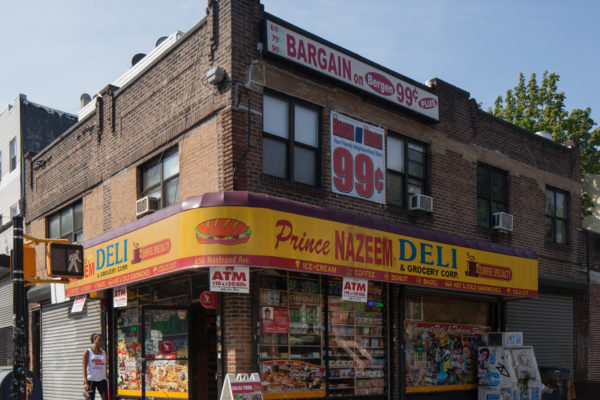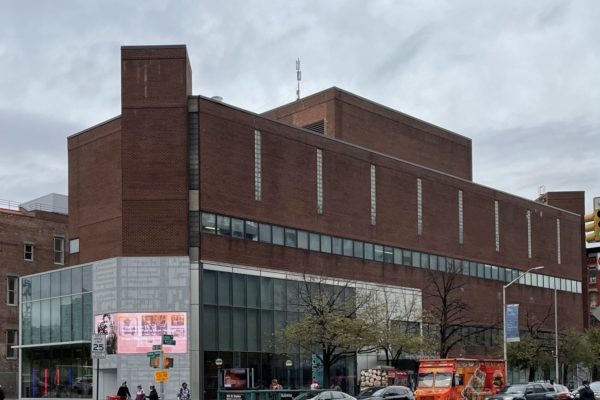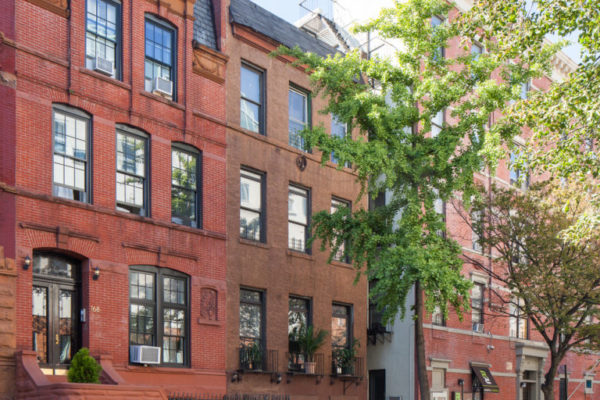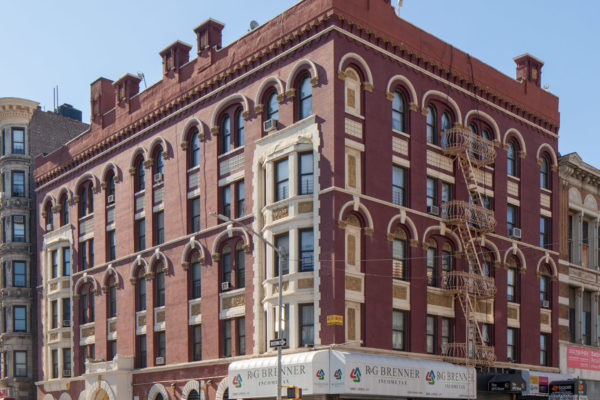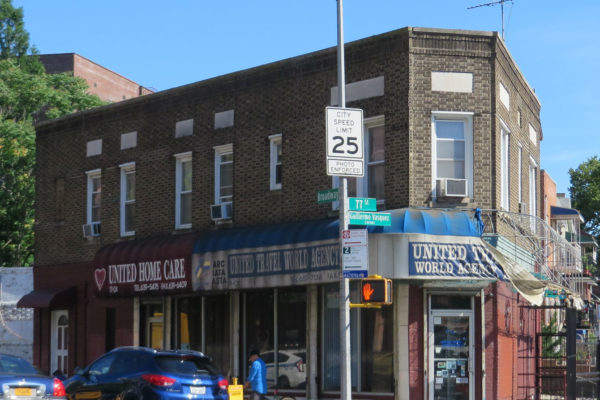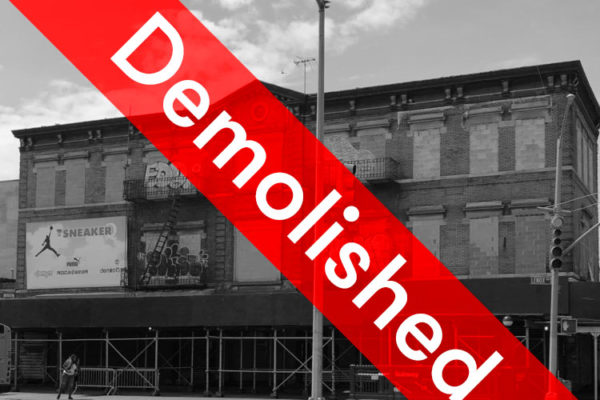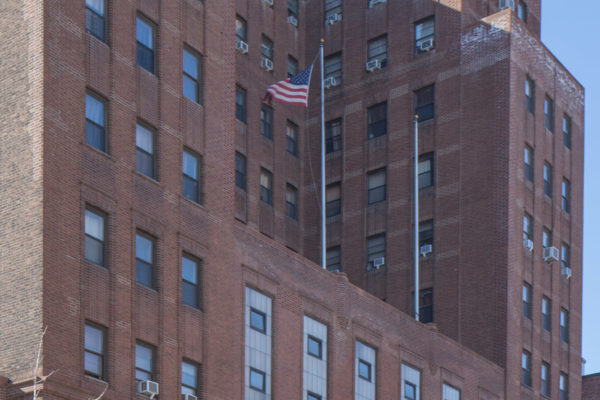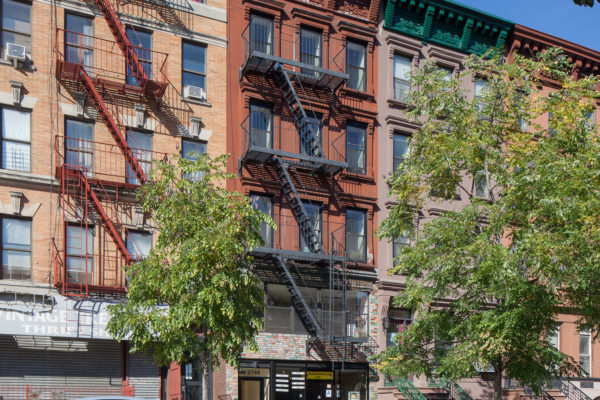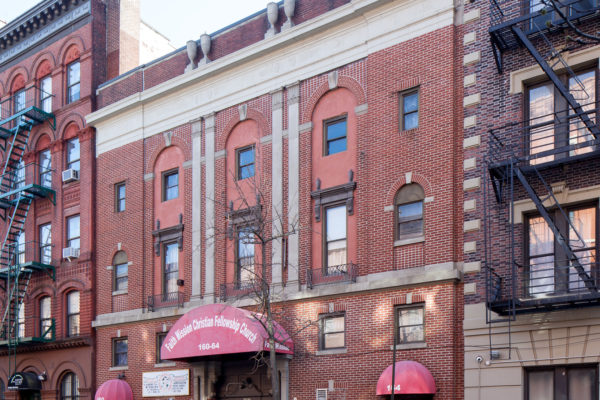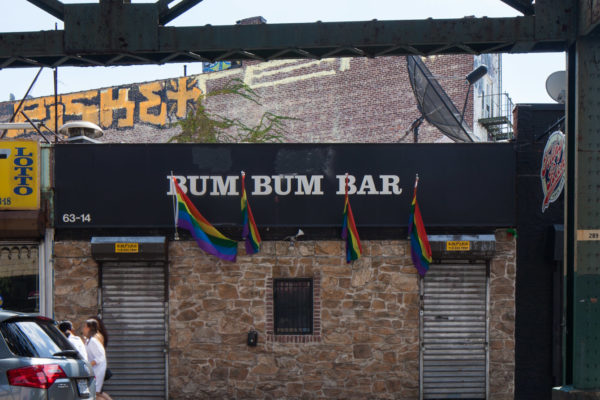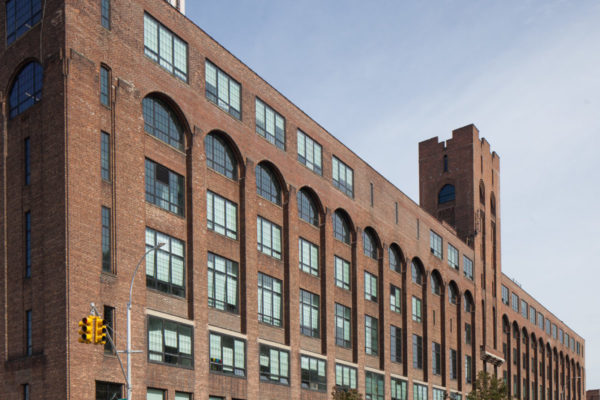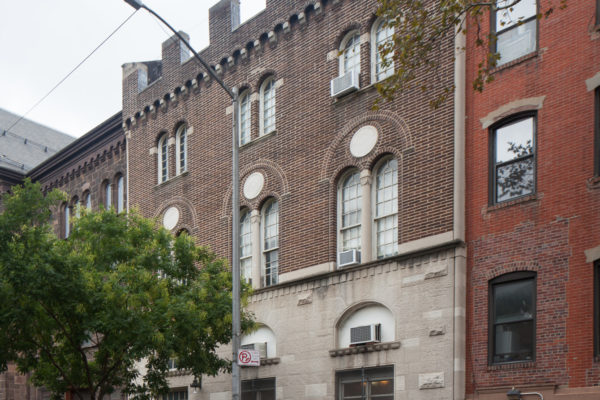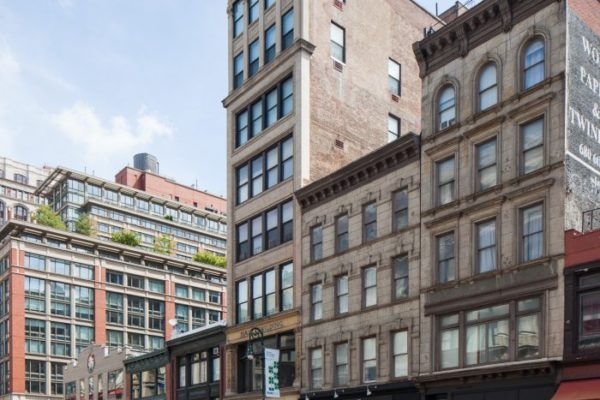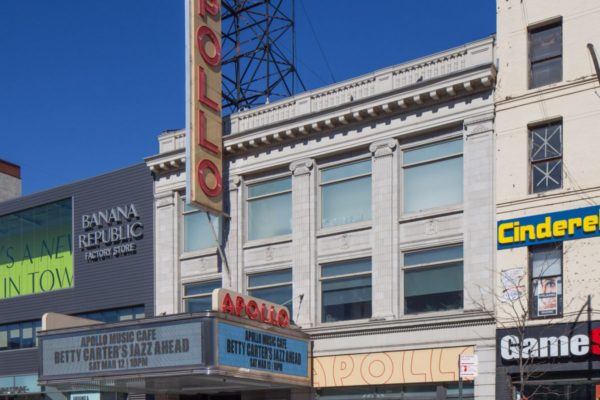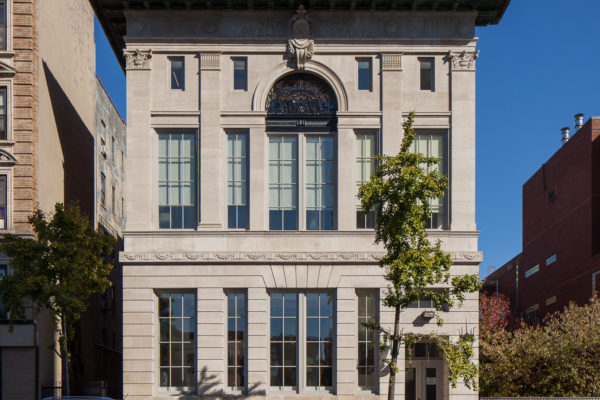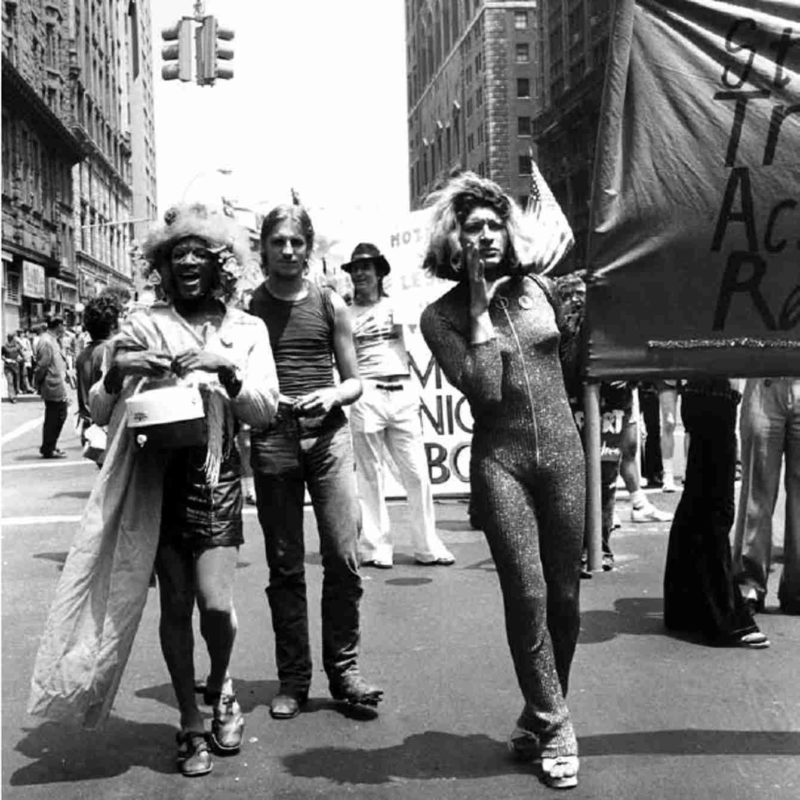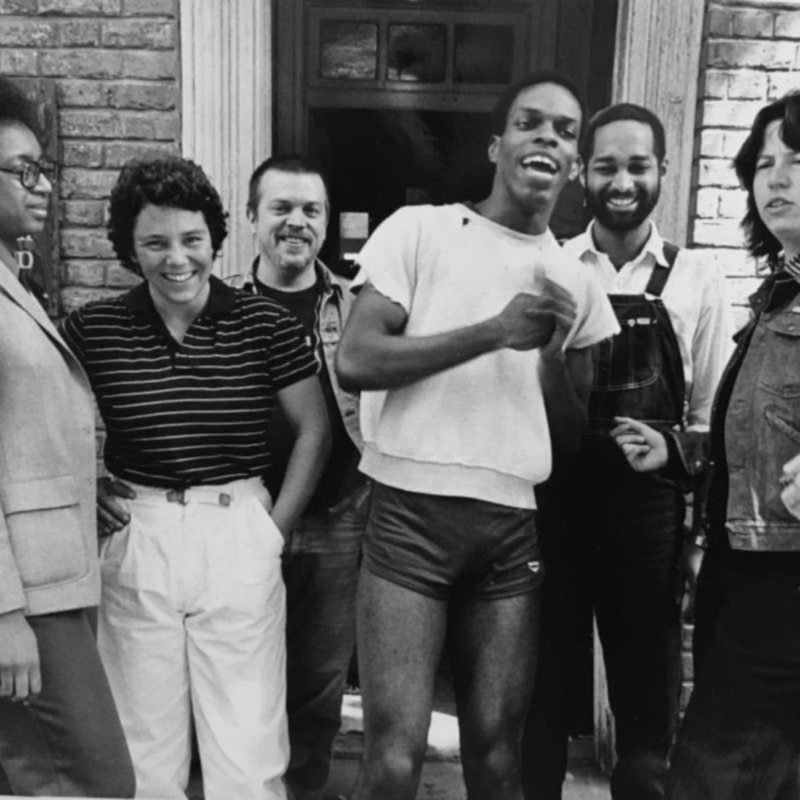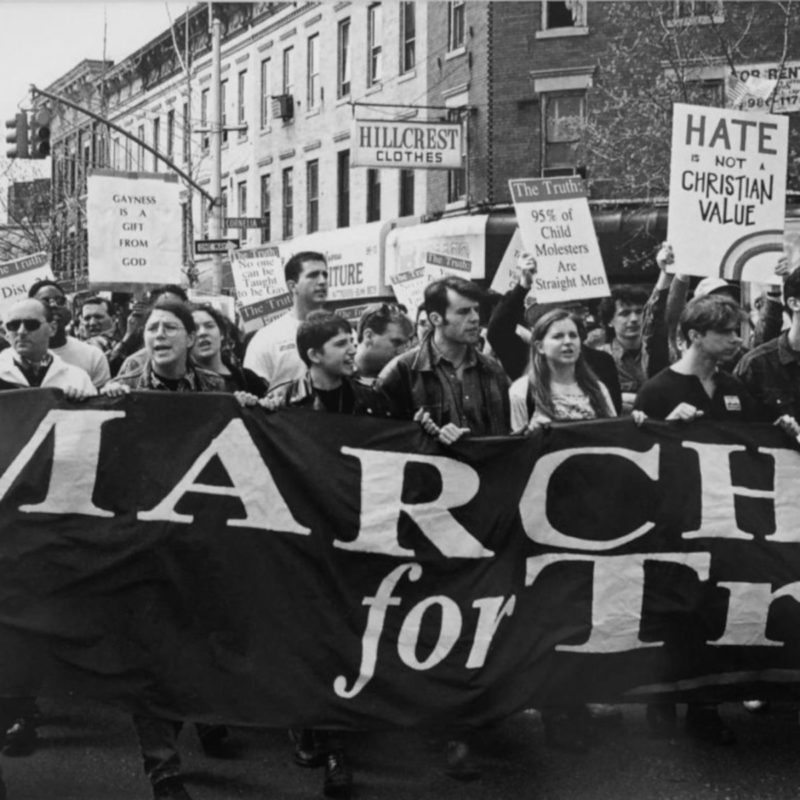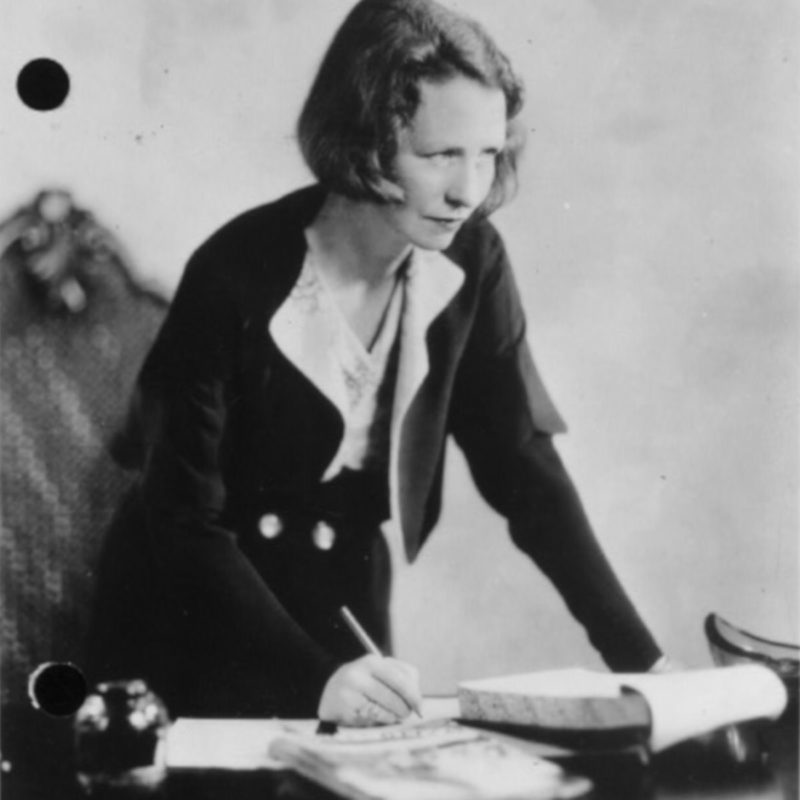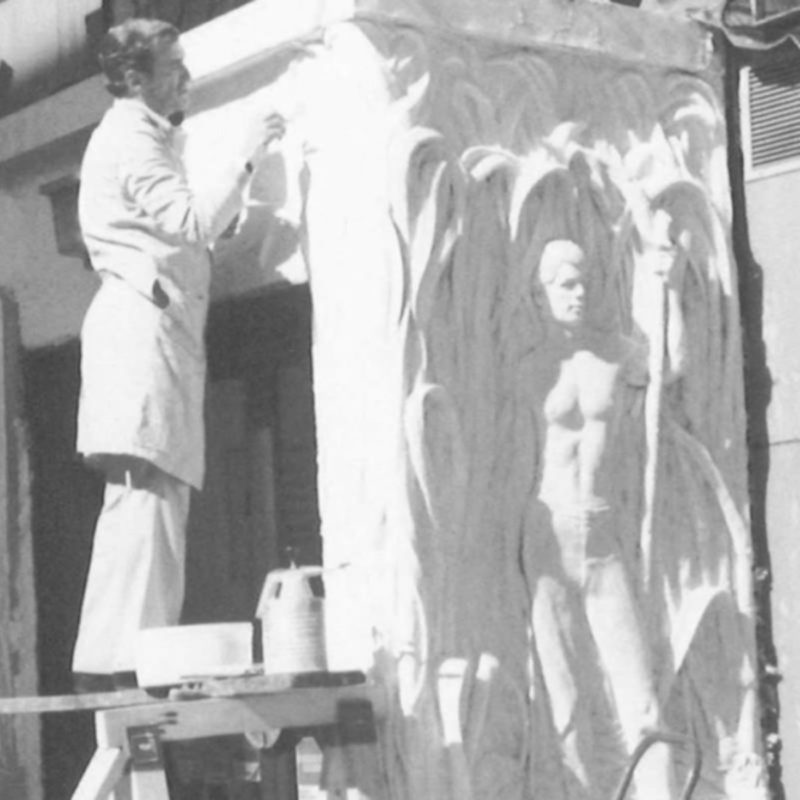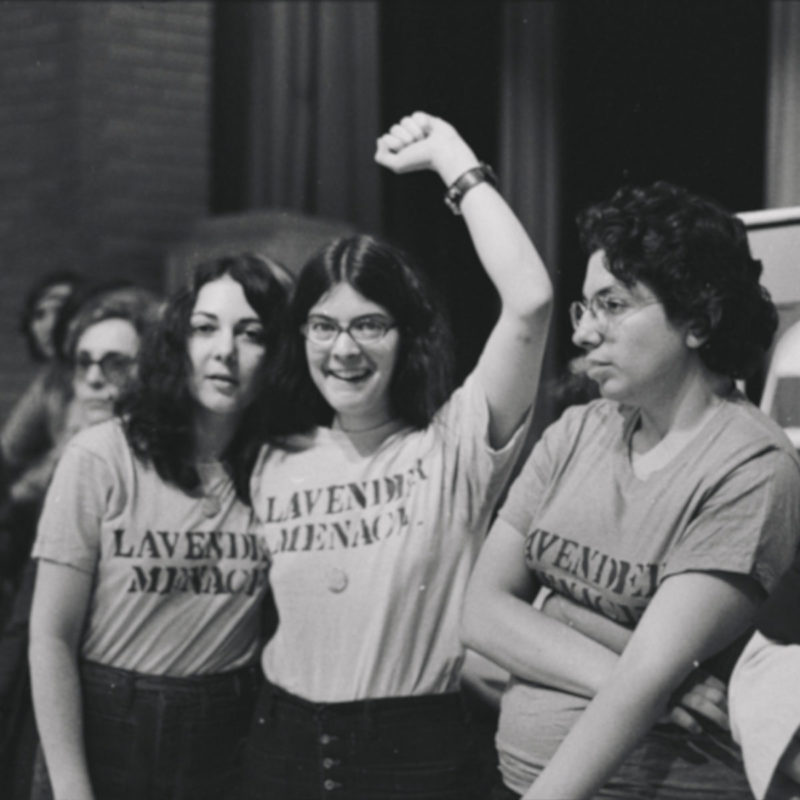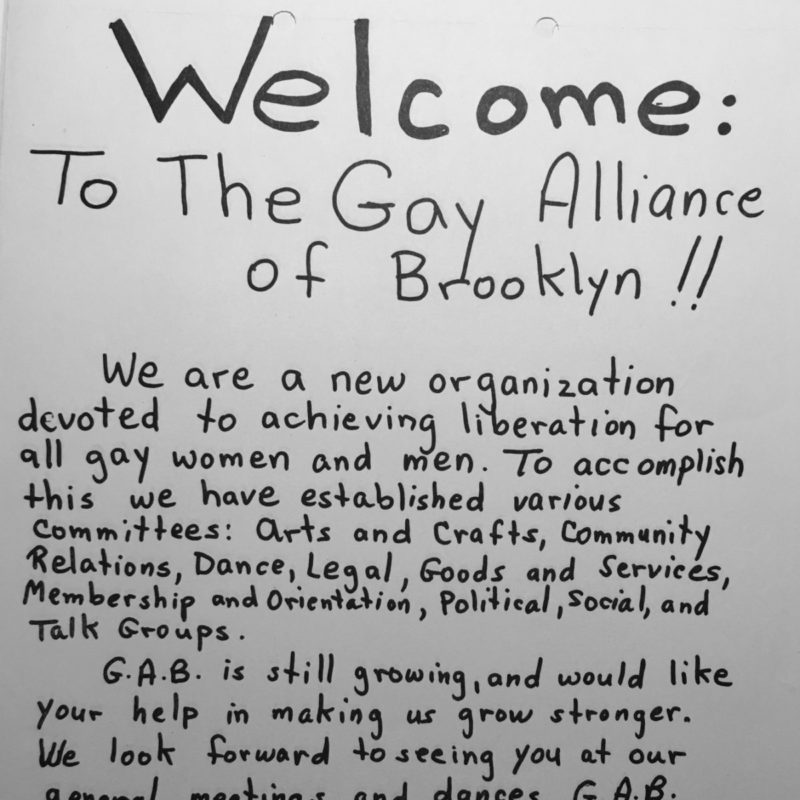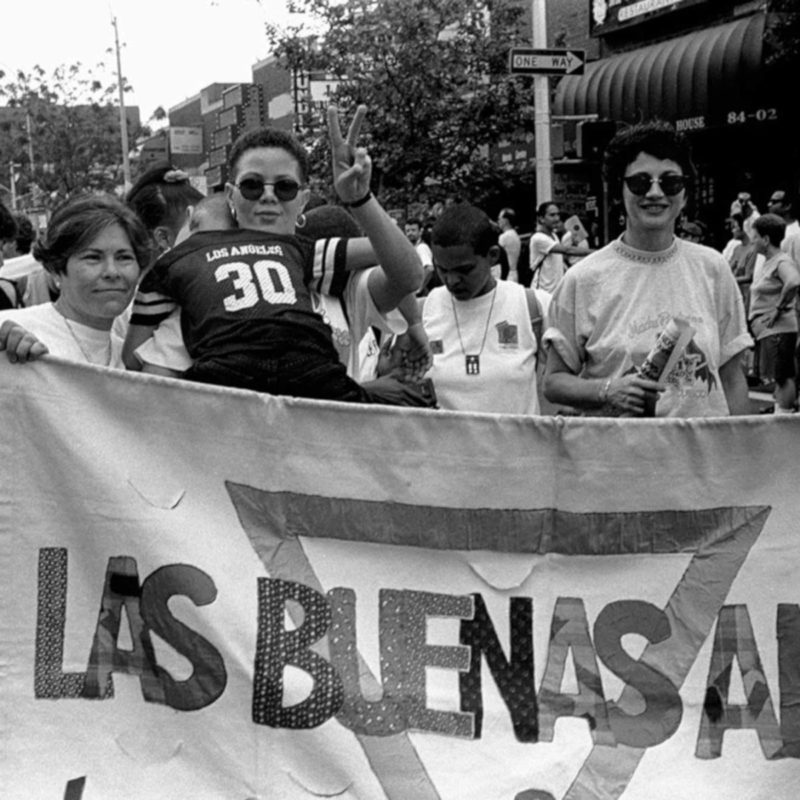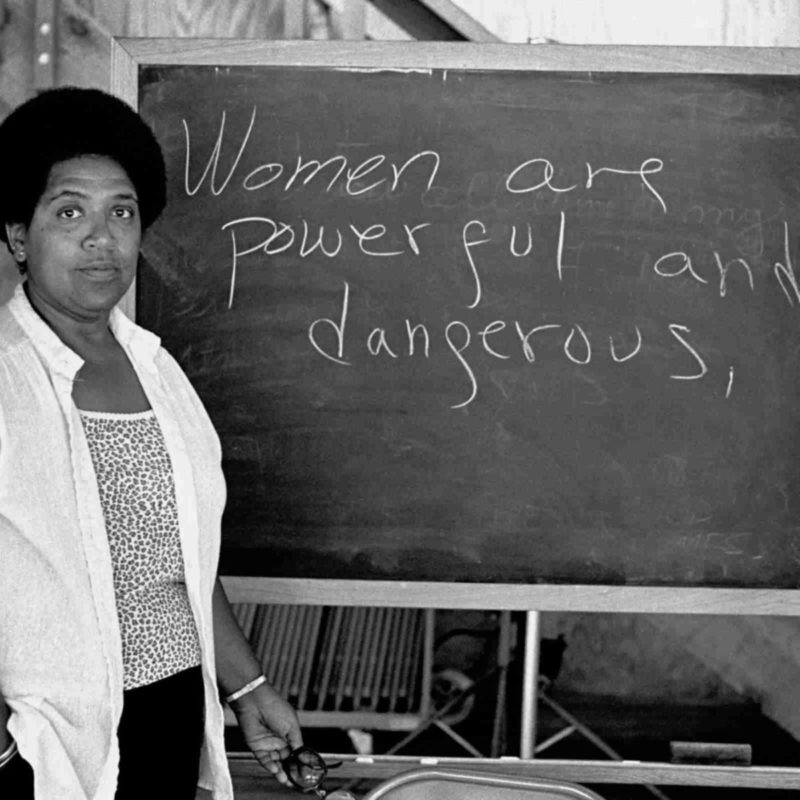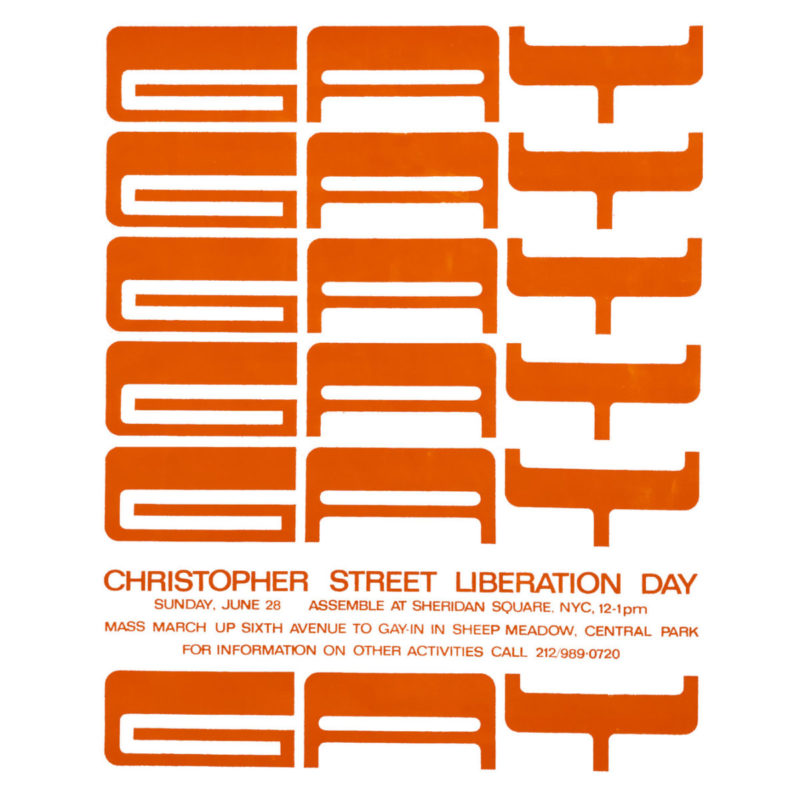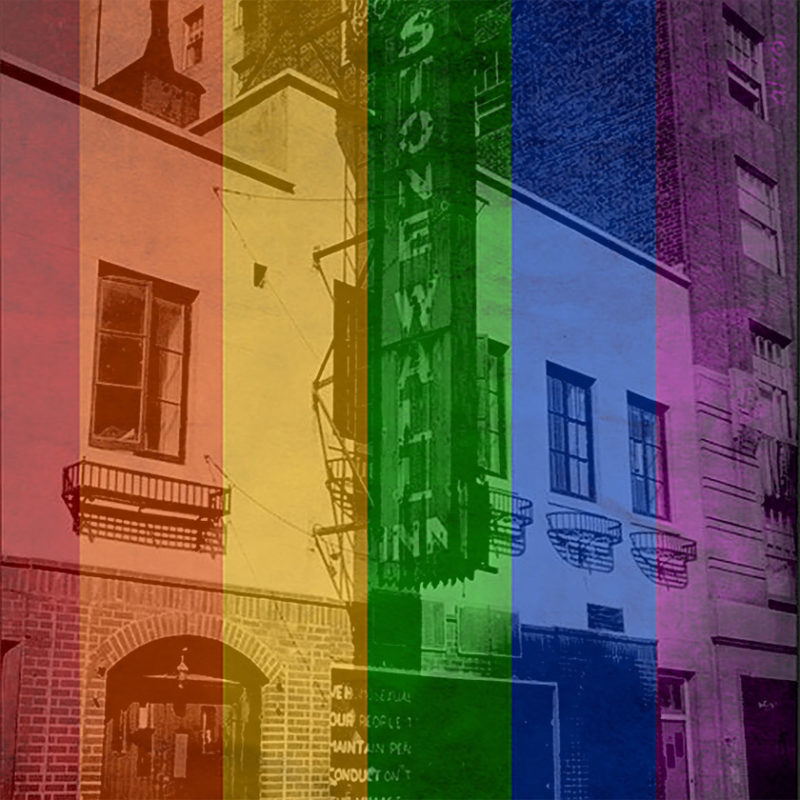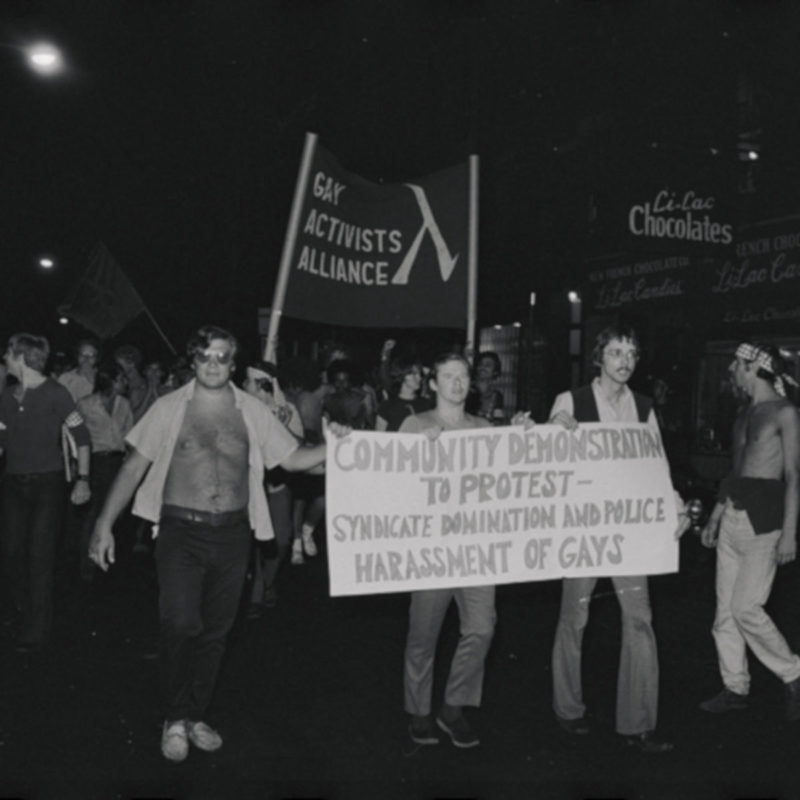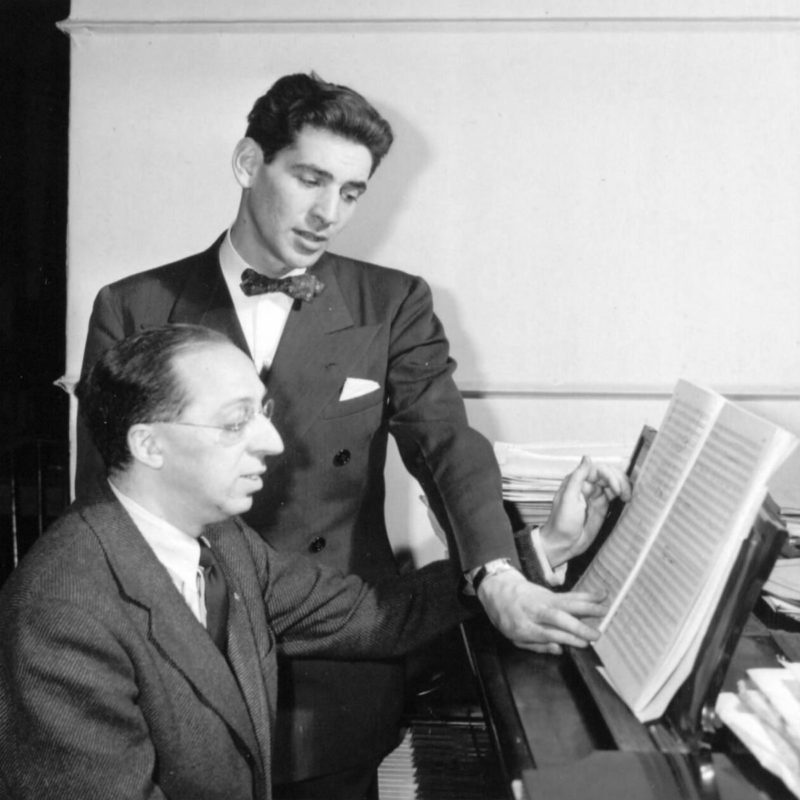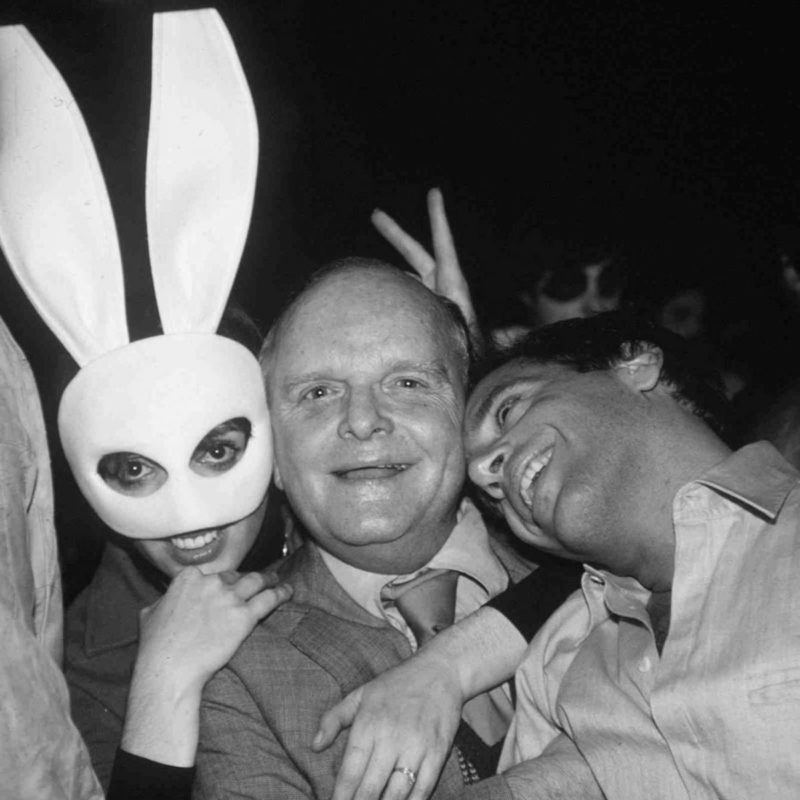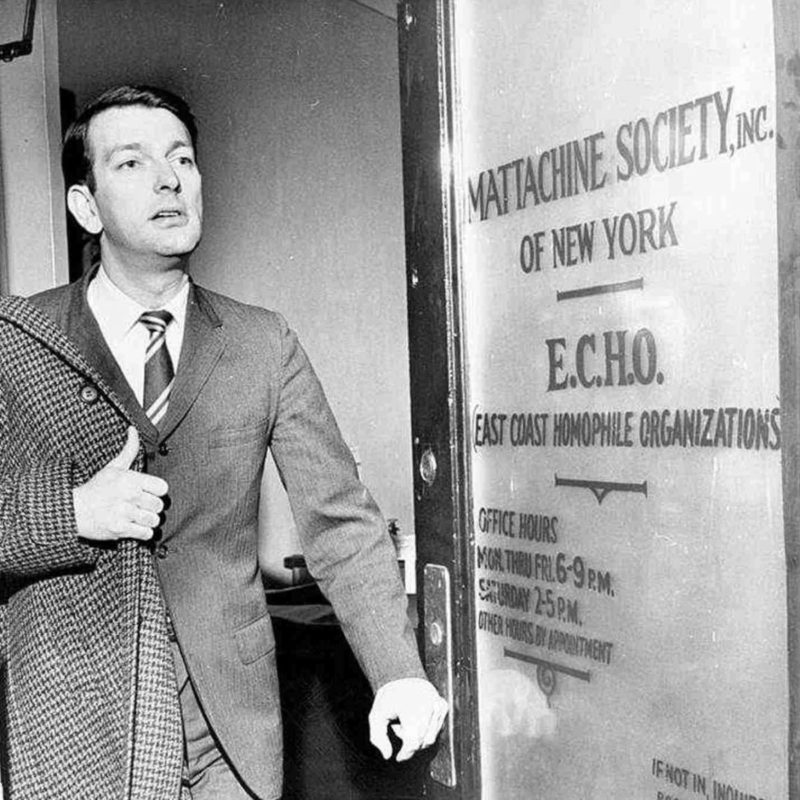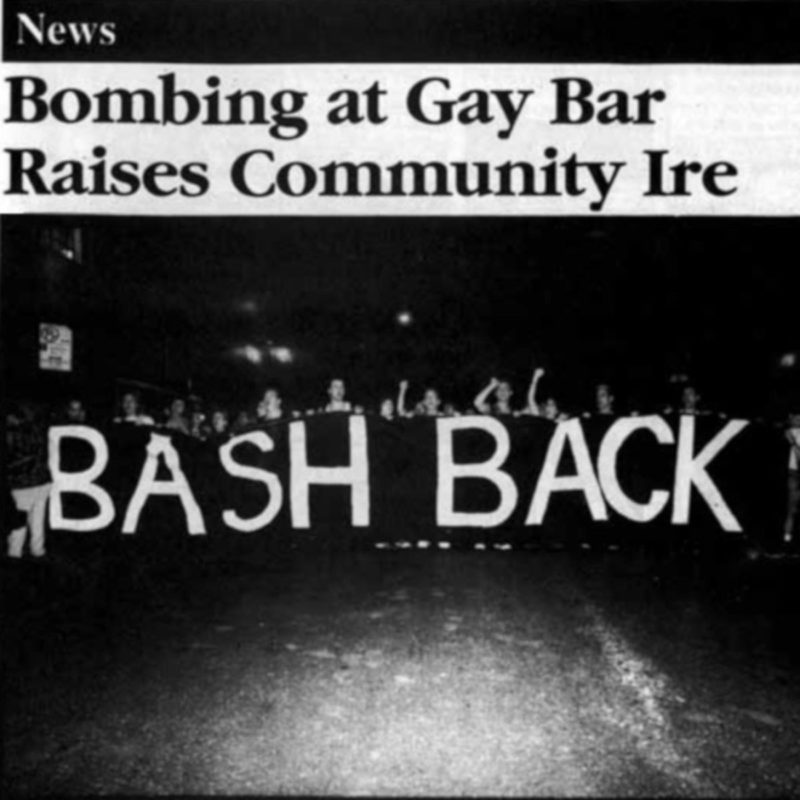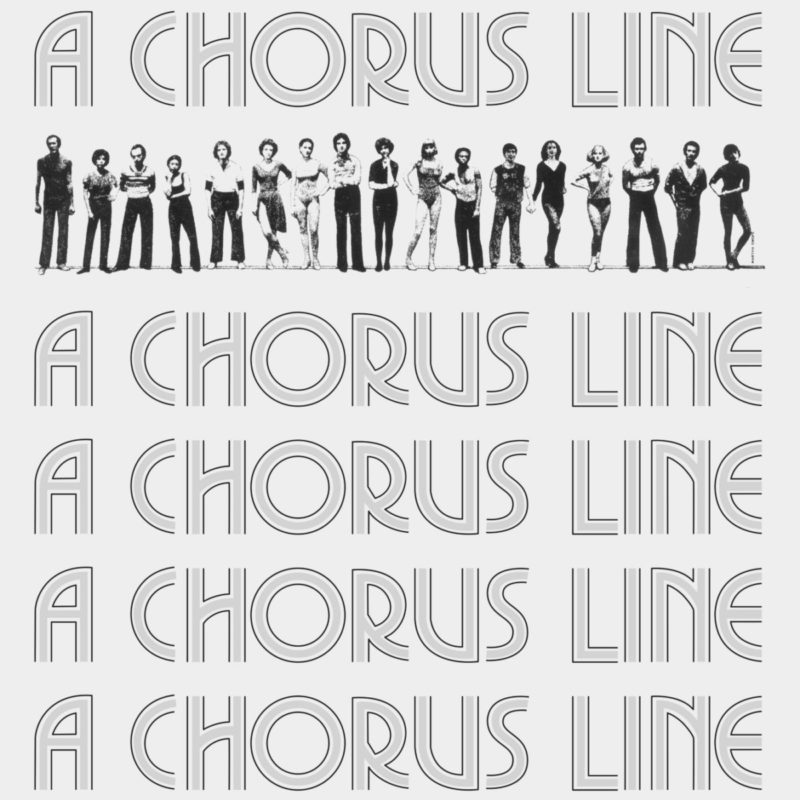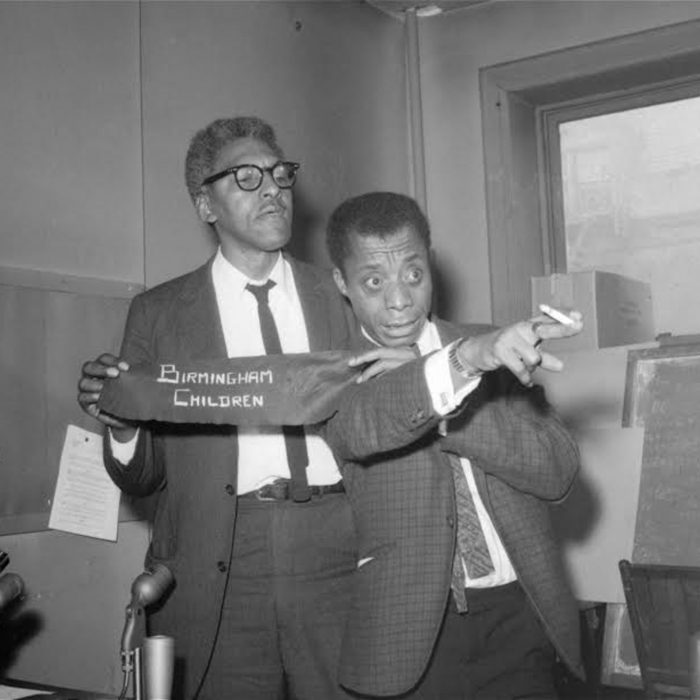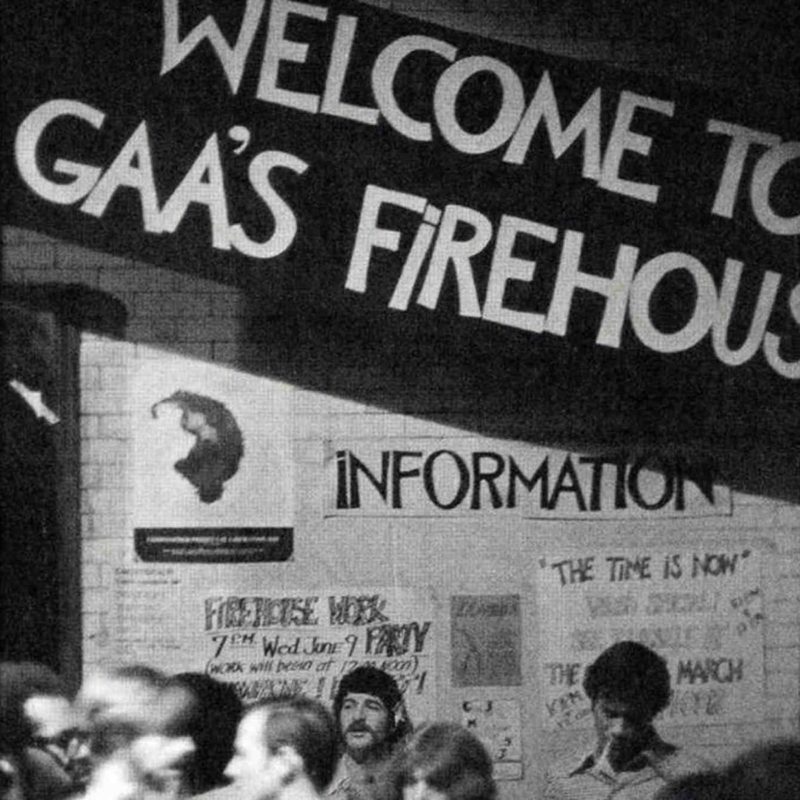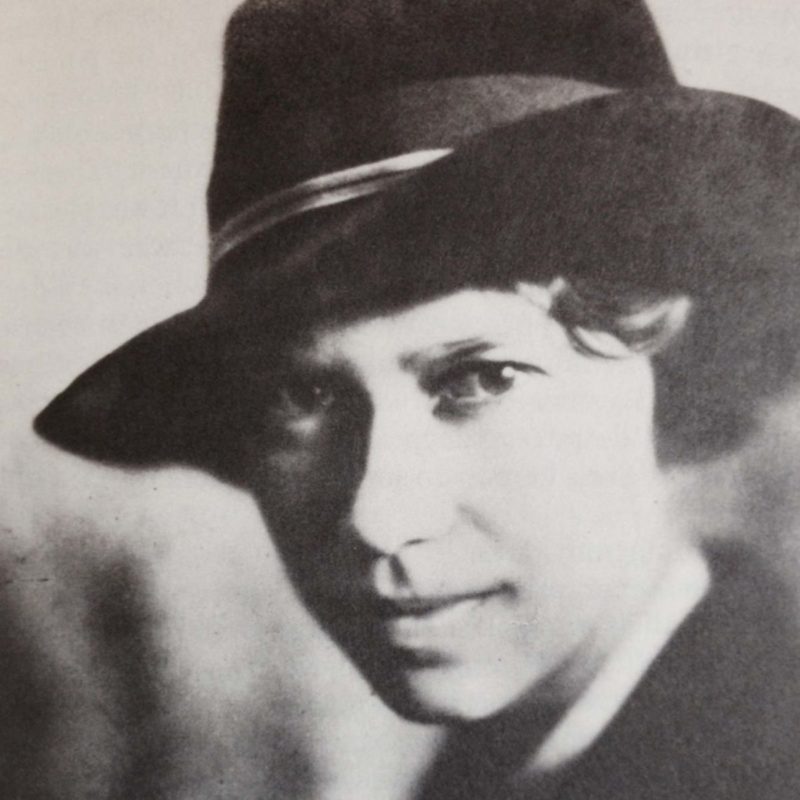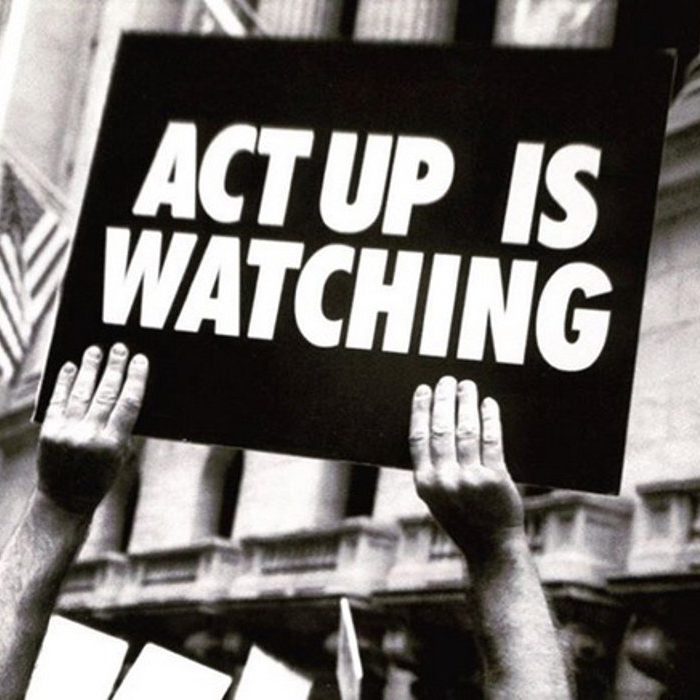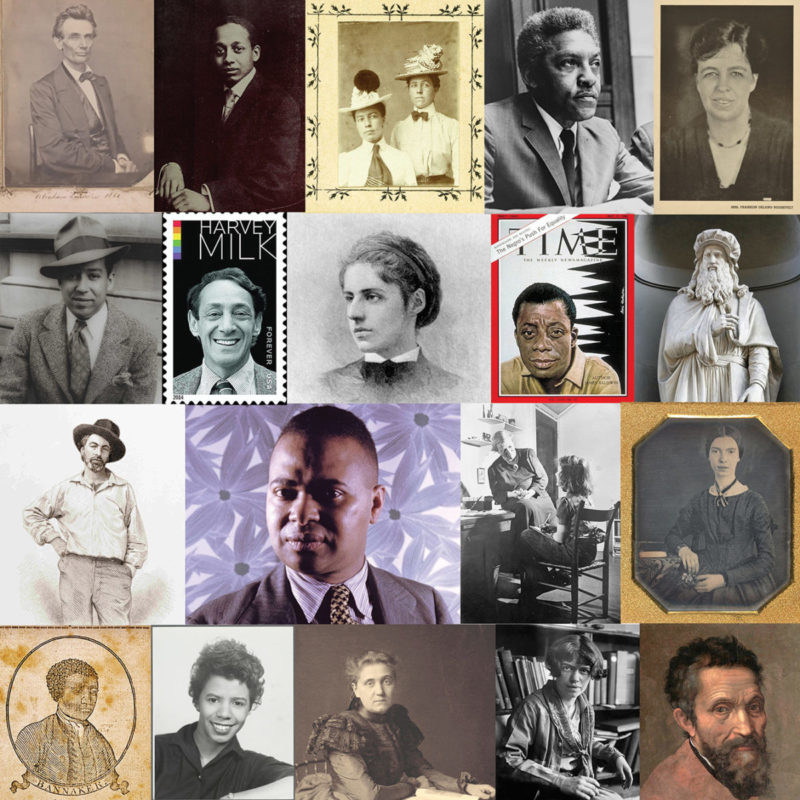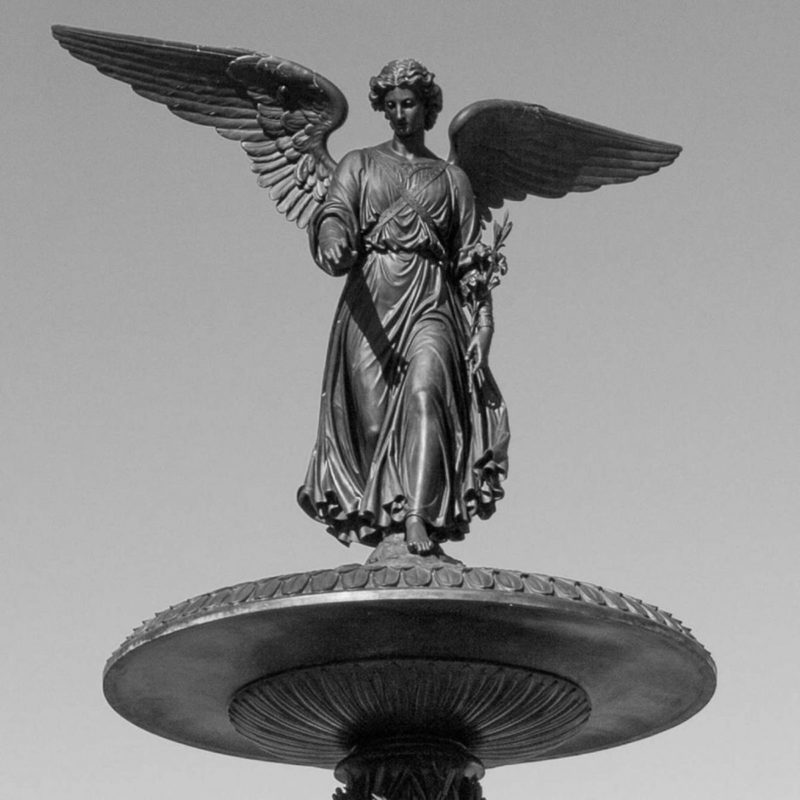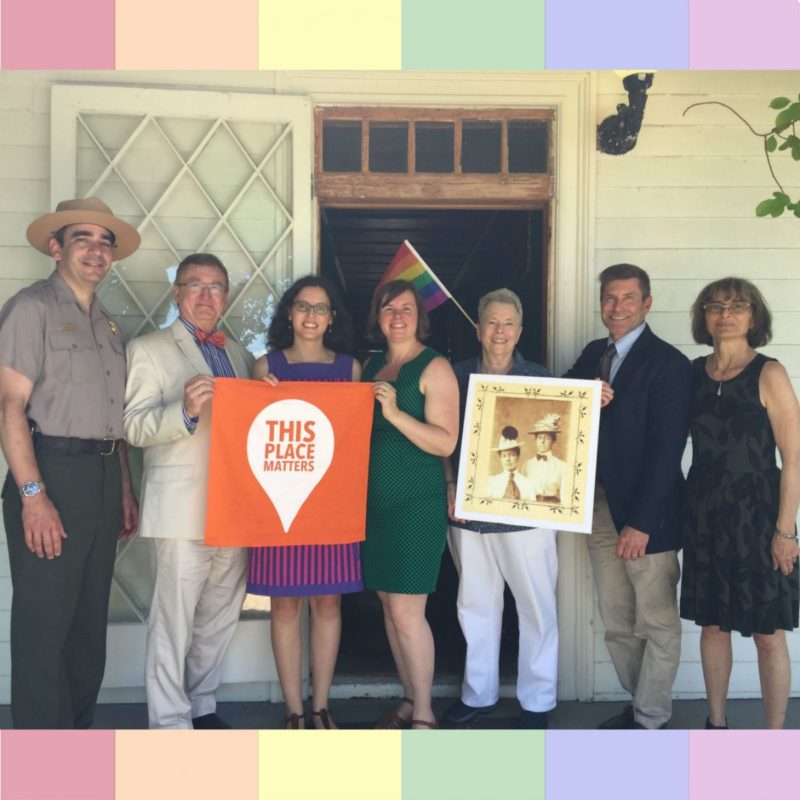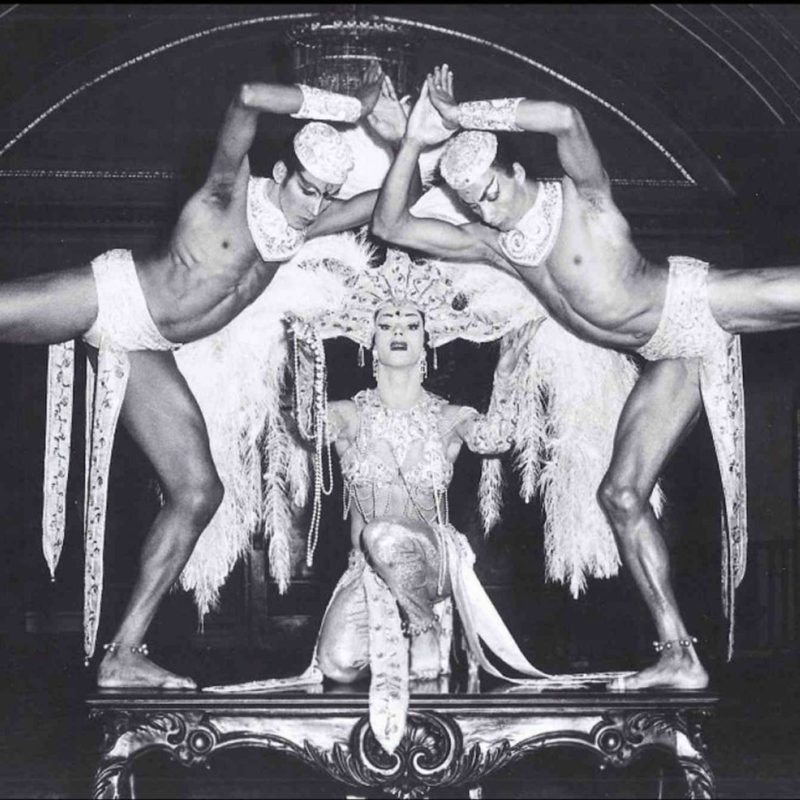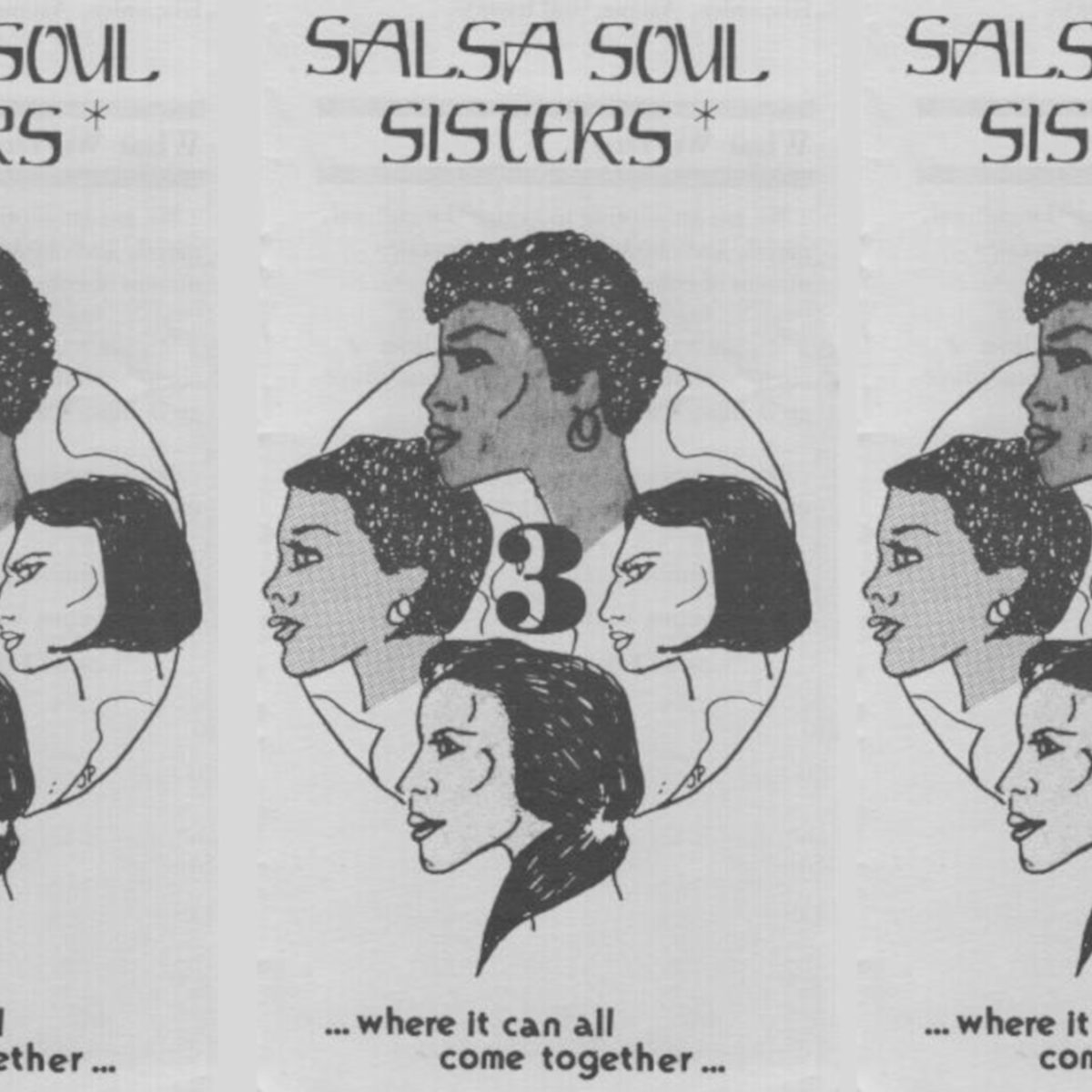
Communities of Color
overview
Throughout many sections of New York City, cultural institutions, businesses, organizations, and gathering places have been created by and for people of color.
This includes LGBT people of color, who have either made significant contributions to places connected to communities of color; run LGBT-specific businesses and organizations, such as Bum Bum Bar in Queens or the Audre Lorde Project in Brooklyn; or founded mixed (gay and straight) spaces, such as the Asociación de Arte Latinoamericano (now INTAR) in Manhattan or the Bronx Academy of Arts and Dance (BAAD!).
This curated collection highlights public spaces predominantly associated with LGBT people of color, with a notable concentration in the long-time Black mecca of Harlem. Please contact us at [email protected] if you know of others we should add to the website.
Historic Sites in Communities of Color
The congregation of this former church was led by the pioneering, openly gay Reverend Paul M. Abels from 1973 to 1984. The church and neighboring parish house also provided meeting... Learn More
The Schomburg Center for Research in Black Culture houses one of the country’s most significant collections of African American history and the African Diaspora, including the records of LGBT notables... Learn More
Beginning in the 1920s, this Harlem rowhouse was home to a number of important Black social and political organizations. Most notably, it served as the National Headquarters for the March... Learn More
Between the 1920s and 2003, when it was closed by New York City officials, the Mt. Morris Baths was an important social center for gay African-American men and one of... Learn More
For about 25 years, beginning in 1920, countless African-American travelers stayed at the renowned Hotel Olga in Harlem. In the 1920s, two known LGBT guests included Alain Locke, the “Dean”... Learn More
The 135th Street Branch of the YMCA (now the Harlem YMCA) and the original West 135th Street Branch across the street were among Harlem’s most important recreational and cultural centers... Learn More
Between 1926 and 1931, openly gay Alexander Gumby operated the Gumby Book Studio, one of the preeminent literary and artistic salons of the Harlem Renaissance, on the second floor of... Learn More
A rare surviving Harlem building that hosted drag balls, the Imperial Lodge of Elks (also referred to as the Elks Lodge) was prominently featured in the documentary Paris Is Burning (1990), which... Learn More
The award-winning Bronx Academy of Arts and Dance (BAAD!) was founded by dancer/choreographer Arthur Avilés and writer/activist Charles Rice-González, Bronx residents of Puerto Rican descent. Home to the Arthur Avilés... Learn More
The groundbreaking Audre Lorde Project (ALP), founded in 1994, has been located in the parish house of Lafayette Avenue Presbyterian Church, in Fort Greene, Brooklyn, since 1996. Credited as the... Learn More
For nearly 40 years, gay artistic director Max Ferrá led INTAR, a Latino theater company first known as Asociación de Arte Latinoamericano (ADAL) when it was located in this building... Learn More
During the Apollo Theater’s heyday as a showcase for Black performers from the 1930s into the 1970s, nearly every important African-American entertainer played here, including many LGBT stars. In the... Learn More
During the Harlem Renaissance, the New York Public Library’s 135th Street Branch served as an intellectual and artistic center for African Americans, including the likes of Langston Hughes, Countee Cullen,... Learn More
